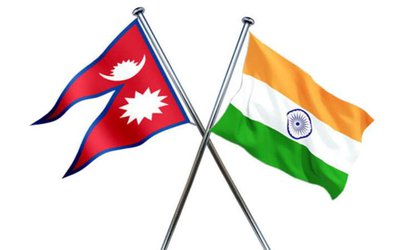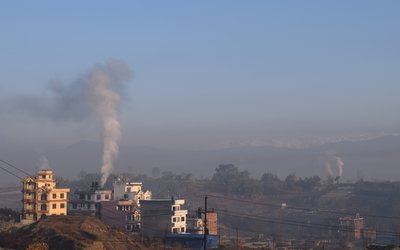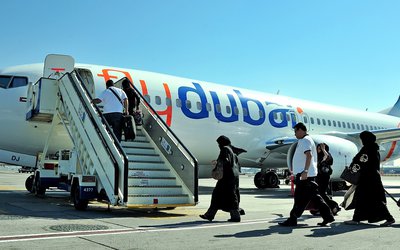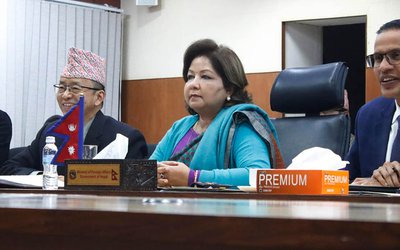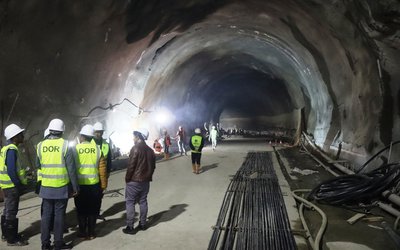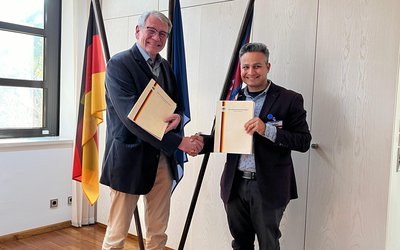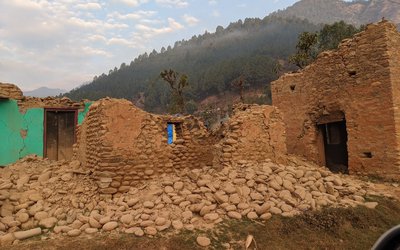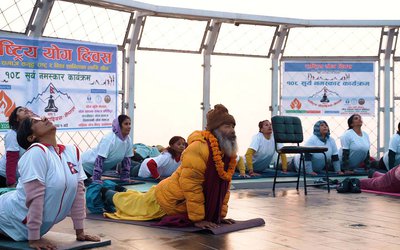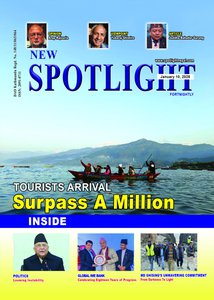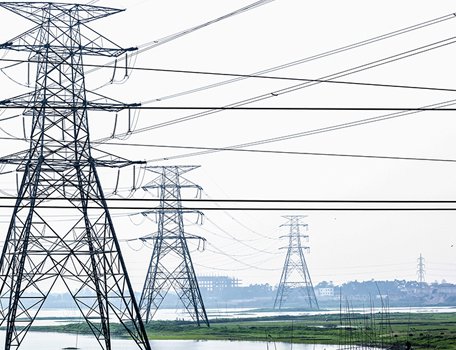
An article published in Spotlight Nepal on 5 December 2021 entitled “Economic and Financial Assessment of MCC” had some serious factual inaccuracies with regards to certain aspects of the transmission line being built by Millennium Challenge Account Nepal (MCA-Nepal) Development Board with Millennium Challenge Corporation (MCC) grant and Government of Nepal investment. The views that the MCA-Nepal transmission line has a very high cost and the transmission line is being built only for export discounting internal consumption are misleading statements. While there is no denying that Nepal’s electricity should ideally be used for internal consumption to meet the unmet demand in the industrial, commercial and domestic sectors, there are other factors at play to inform how Nepal’s power system should be planned and developed. Below is an effort to dispel misconceptions, among others, on transmission cost and the need for interconnection of the Integrated Nepal Power System with the Indian power system.
Cost of transmission Line
MCA-Nepal, a Government of Nepal (GoN) agency, will manage a USD 630 million program co-funded by the MCC Compact fund of USD 500 million and the GoN’s additional fund of USD 130 million. The total funds will be utilized for implementing two projects namely the Electricity Transmission Project and the Road Maintenance Project. The Electricity Transmission Project consists of the design, supply, construction, installation, testing and commissioning of a 400 kV double circuit Quad Moose overhead electricity transmission line spanning approximately 315 km, and three new substations at Ratmate, New Damauli and New Butwal. The 400 kV transmission line will also connect with two other substations under construction by NEA at Lapsiphedi and New Hetauda.In addition to the transmission line and substations, the project also has components of power sector technical assistance, and a partnership program to share project benefits with local communities. The total program budget will also be utilized for the Road Maintenance Project which also includes technical assistance to the Department of Road and the Roads Board Nepal.
An analysis that MCC-funded project cost being significantly higher than that of similar projects implemented by NEA is wrong.Nepal Electricity Authority’s (NEA) New Khimti-Barhabise 400 kV double circuit Quad Moose type conductor transmission line of 45 km length currently under construction as procured through international competitive bidding in 2019. The project was funded under an ADB loan and the total contract price was approximately USD 24.5 million which translates to about USD 540,000 per kilometer.
The cost of a similar specification transmission line as that of NEA for 315km to be built by MCA-Nepal, is estimated at USD 203 million which comes to around USD647,000 per kilometer. The estimated allocation figure of the MCA-Nepaltransmission line is marginally (approx.20%)higher than the corresponding figure of the NEA. Furthermore, the fact that NEA’s project per km cost figure is based on the contract amount while that of MCA-Nepal’s project is just an estimated amount should be noted. The actual price of the transmission line to be funded by MCC will be known only when the bids are awarded after international competitive bidding (ICB). The differentiation between the budgeted amount and contract amount should be done when the contract award is completed. At present, the total compact budget of USD 630 million that includes two projects and many components besides the transmission line is being directly compared with an awarded contract for a construction transmission line which is a major flaw in the cost analysis.
The need for transmission lines and export of electricity
The proposed transmission line is a part of Nepal’s 400 kV transmission backbone; the initial section between Inaruwato Hetauda is now under construction with the World Bank funding, and NEA is planning another line going west from New-Butwal substation. The MCC-funded ETP project will connect the Inaruwa-Hetauda section of the line at the New-Hetauda substation with the New Butwal substation via Ratmate and New Damauli substations, which are the major collection hubs for power generated in the nearby river basins. Ratmate substation will be further connected to Lapsiphedi substation North-East of Kathmandu valley to collect power from Upper Tamakoshi and Bhotekoshi river basins. Thus, the project is mainly intended to collect electricity generated from the Upper Tamakoshi hydropower project and others nearby, projects in Trishuli, Marsyandgi and other river corridors, and deliver electricity to load centers within Nepal through various substations planned or under construction. The construction of the transmission line, in addition to enhancing the evacuation capacity of Nepal’s power system, will also improve the reliability and the quality of the supply, and at the same time facilitate the export of excess power.
Export of excess power, once the domestic demand is fulfilled, is our country’s long-standing policy. To achieve this, the Transmission Development Plan of the government of Nepal envisages cross-border connection at several locations with both of our neighboring countries—China and India. NEA’s preferred market will always be Nepal as long as there is a demand within the country.A predominantly hydropower-based power system is not optimal from operational/reliability point of view unless a significant reservoir capacity with the seasonal regulation capability is available in the system. Nepal’s power system is far from this and is dominated bythe run-of-the-river plants. This has resulted in a seasonal imbalance in supply and demand. In the wet season, an excess generation capacity is available, while in the dry season when the demand is high, there is a deficit in supply capacity. Such seasonal imbalances can be addressed in three ways: (i) construction of necessary reservoir-based hydropower power plants with seasonal regulation capacity (and daily peaking capacity), (ii) installation of diesel/gas-based generation plants to meet the wet season deficit, or (iii) exchange of electricity with the neighboring system so as to be able to import during dry season and export during the wet season. Of these three options, an interconnected power system with the neighboring country is the most important and now globally, there are several regional power pools in operation. GoN’s policy envisages the export of power to the neighboring South Asian countries. To achieve this, either Nepal has to build a dedicated transmission line through India connecting Nepal’s power system with that of the consuming country/entity, attaining which, looks uncertain in the near future or use the Indian power system’s grid network for the purpose. In the second case, the electricity would first be evacuated into the Indian system before it is exported to a third country, and the nature of the transaction is largely governed by the type of contracts the three parties (exporter, importer and grid owner/operation) would enter into. Since the flow of electricity is very complex and will depend on the interaction between multiple power sources and sinks, in the case of power flow between any exporting and importing nodes it is very unlikely that the Nepali electrons per se will flow to the importer, for example, Bangladeshi system. Rather, Nepal will be sending its electricity to the Indian system, and then they will, in turn, export the contracted quantum of electricity from their nearest evacuation points to the third country, and charge Nepal for the transmission services and losses in the transmission system based on agreed principles. Therefore, in the current situation, entering into a trading arrangement with India is indispensable even to export power to a third country in the South Asia region.
The Butwal-Gorakhpur Transmission line, also termed as the second cross-border line, is in the plan since the 1995 transmission master plan. MCA-Nepal is building this transmission line as identified in the master plan. To increase internal consumption, the Fifteenth Plan foresees replacing imported fossil fuel with domestic hydroelectricity by promoting electric cooking, electric vehicles, among others. Therefore, Nepal will benefit from a two-pronged approach of promoting domestic consumption through substitution of imported fossil fuel and export excess electricity during wet season whereas import when there is a shortage during the dry season. Such a comprehensive approach will lead Nepal’s electricity sector to a sustainable development path in the long term. Given the above facts, the monopsony trap as elucidated in the article could not be any further from the truth.
In conclusion, MCA-Nepal has already hired the required project managers and other specialists/engineers necessary to manage the Electricity Transmission Project. The hired personnel will have the opportunity to work with leading experts from resulting in the transfer of skills in engineering/design, project and contract management areas, and cutting-edge techniques of project and contract management. Hence, after the completion of the project, a pool of trained project managers and design experts will be available in the local market for Nepal in general and the power sector in particular. MCA-Nepal is in regular discussion and communication with NEA on all aspects including transmission line design, line interconnection, and substation equipment, etc. so NEA and Nepali engineers will benefit from the project rather than compete with each other. In the Electricity Transmission Project in question, contractors under the supervision of international consultants will handle the construction works. As a result, barring a few positions, the existing personnel of MCA-Nepal will be sufficient to manage this project.
KhadgaBahadur Bisht is an Electrical Engineer and Energy Economist by profession and has many years of experience in the power sector. He is currently the Executive Director of MCA-Nepal Development Board.

